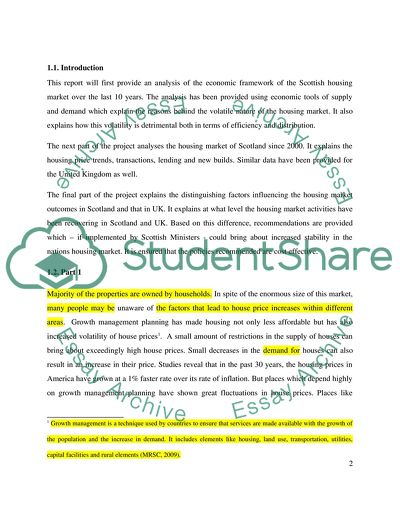Cite this document
(Economic Report: The Scottish Housing Market Coursework, n.d.)
Economic Report: The Scottish Housing Market Coursework. Retrieved from https://studentshare.org/macro-microeconomics/1747441-economic-report
Economic Report: The Scottish Housing Market Coursework. Retrieved from https://studentshare.org/macro-microeconomics/1747441-economic-report
(Economic Report: The Scottish Housing Market Coursework)
Economic Report: The Scottish Housing Market Coursework. https://studentshare.org/macro-microeconomics/1747441-economic-report.
Economic Report: The Scottish Housing Market Coursework. https://studentshare.org/macro-microeconomics/1747441-economic-report.
“Economic Report: The Scottish Housing Market Coursework”, n.d. https://studentshare.org/macro-microeconomics/1747441-economic-report.


